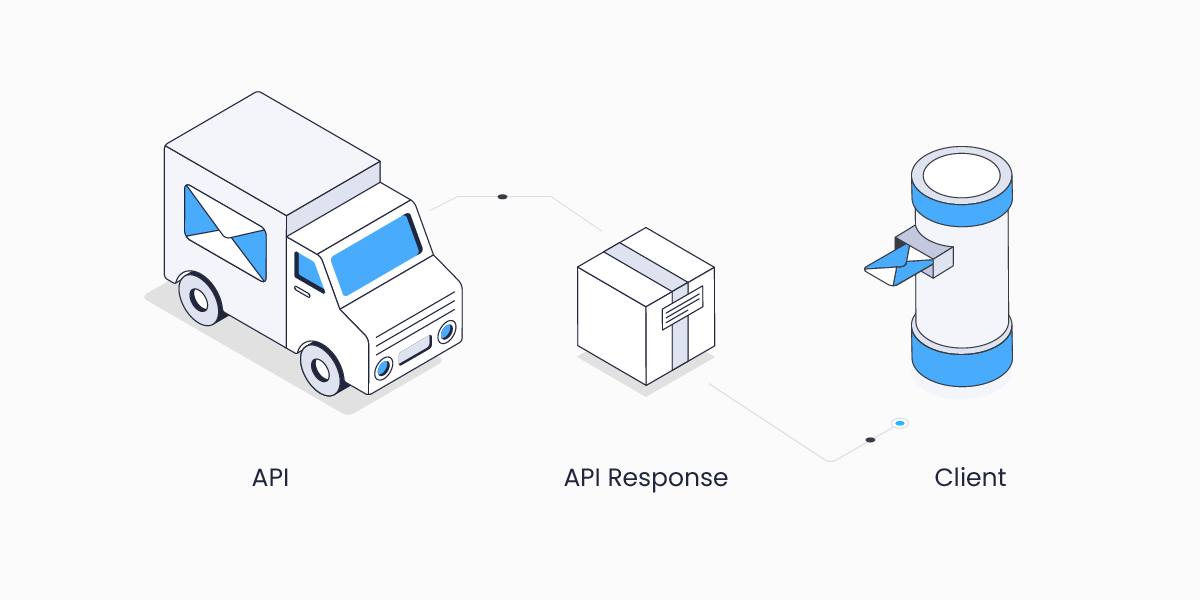2 min read
Learn what APIs are, how they work, and why they’re essential for secure, efficient, and modular software development across diverse systems.

An API (Application Programming Interface) serves as an interface between different software applications, enabling them to communicate through defined protocols. When your application needs to interact with another service, the API specifies how to format requests and what responses to expect.

Consider your mobile banking app. When you check your account balance, your app doesn't access the bank's database directly. Instead, it makes an API call to request specific information, and the bank's API returns just what you need.
Think of using an API as visiting a library:
You (the client application) need information
The librarian (the API) serves as your intermediary
The storage room (the database/server) contains the raw information
Your request to the librarian is like an API call
The books you receive represent the API response
The librarian follows specific protocols to fulfill your request while shielding you from the complexities of the library's organization system. Similarly, an API handles the complexity of retrieving data from a server while presenting a clean, structured interface to your application.
APIs fundamentally change how we build software by providing modular, reusable components:
Without APIs: Building a mapping feature for your fitness app would require creating mapping technology from scratch, gathering global geographical data, and maintaining that infrastructure.
With APIs: Integrating the Google Maps API requires only a few lines of code and instantly gives you professional mapping capabilities, allowing you to focus on your core features.
Without APIs: Direct database access creates significant security vulnerabilities and lacks granular control.
With APIs: You can precisely define what data is accessible and what operations are permitted, implementing authentication and authorization checks at the API level.
Without APIs: Banking apps would each need to implement their code for balance checks, transfers, and payments.
With APIs: A single well-tested payment API can be reused across multiple applications, ensuring consistency and reliability.
Without APIs: Your JavaScript-based online store would struggle to communicate with your Python inventory system.
With APIs: The API acts as a translator, enabling communication between applications built with different programming languages and frameworks.
By utilizing APIs, developers can build more robust applications faster, focusing on their unique value proposition rather than reinventing foundational components.